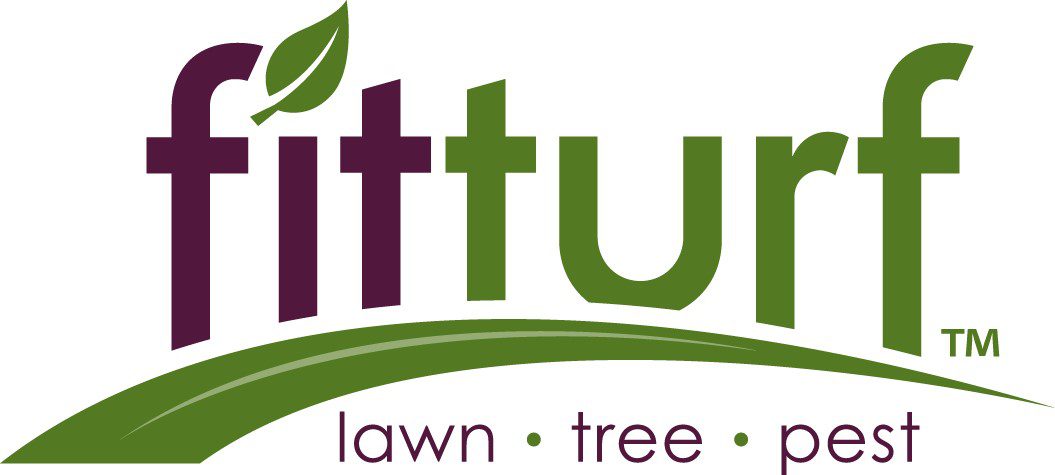What Should I Put on My Lawn in Winter – Fit Turf
Your yard needs varying nutrients at certain times of the season. Its needs at the very end of the summer and into the fall are very different than the spring season.
Cool-Season Needs
Toward the end of the season, the cool-season grasses in Colorado and Michigan need some targeted fertilizing. This is because at this time of year, they begin to build up their reserves for a long sleep. Nitrogen and potassium are essential during this time. Our Greenskeeper Plus Complete Care Program takes the guesswork out of the different needs your lawn has throughout the year; we take care of it all for you!
Whether you are relying on the recommendation of the experts at Fit Turf, or have your own special routine or mixture, getting your yard ready for winter and maintaining it throughout the cold winter season is not for the faint of heart.
Don’t Forget to Water
Although both Colorado and Michigan are known for their bountiful snowfalls, snowfall shortages and drought can occur in the winter months. The air is dry during the winter months, which can cause plants and yards to become damaged. When no snowfall can be seen and the weather is unseasonably warm, it may be necessary to water your yard during the winter months to avoid root damage. If watering is needed, make sure it is done when the air temperature is above 40 degrees and only when the soil is not frozen. Watering mid-day allows the water to soak into the ground and avoids freezing.
Native Grasses and Plants: Your Best Bet
Native grasses and plants are the best choices to ward off seasonal, winter damage. These plants also require less care and special TLC than many other non-native grasses and plants. When planting your grass and planning your landscaping, take into account your region’s native plants. These native plants have thrived in their respective regions for a reason and require little care throughout even low-moisture winters.
Snow Mold Prevention
A note about what not to put on your lawn: piles and piles of snow! Snow mold is a real concern for Colorado and Michigan lawns, and occurs when snow has been piled up on lawns — most often on the north side of driveways and buildings. Take care to remove heavy piles of snow on the north side of your yard to avoid this phenomenon. The appropriate application of fertilizer in September through November (depending on your region) can also prevent snow mold as well.

